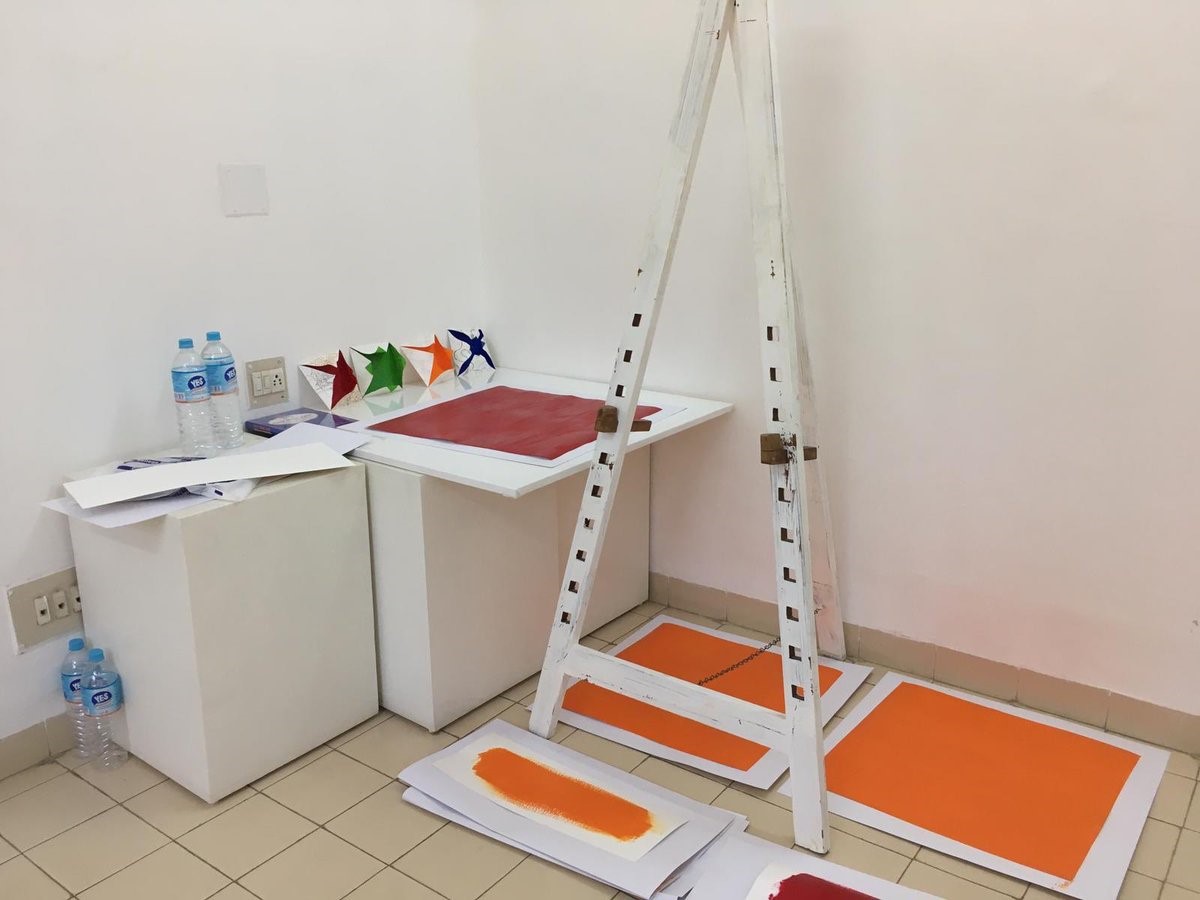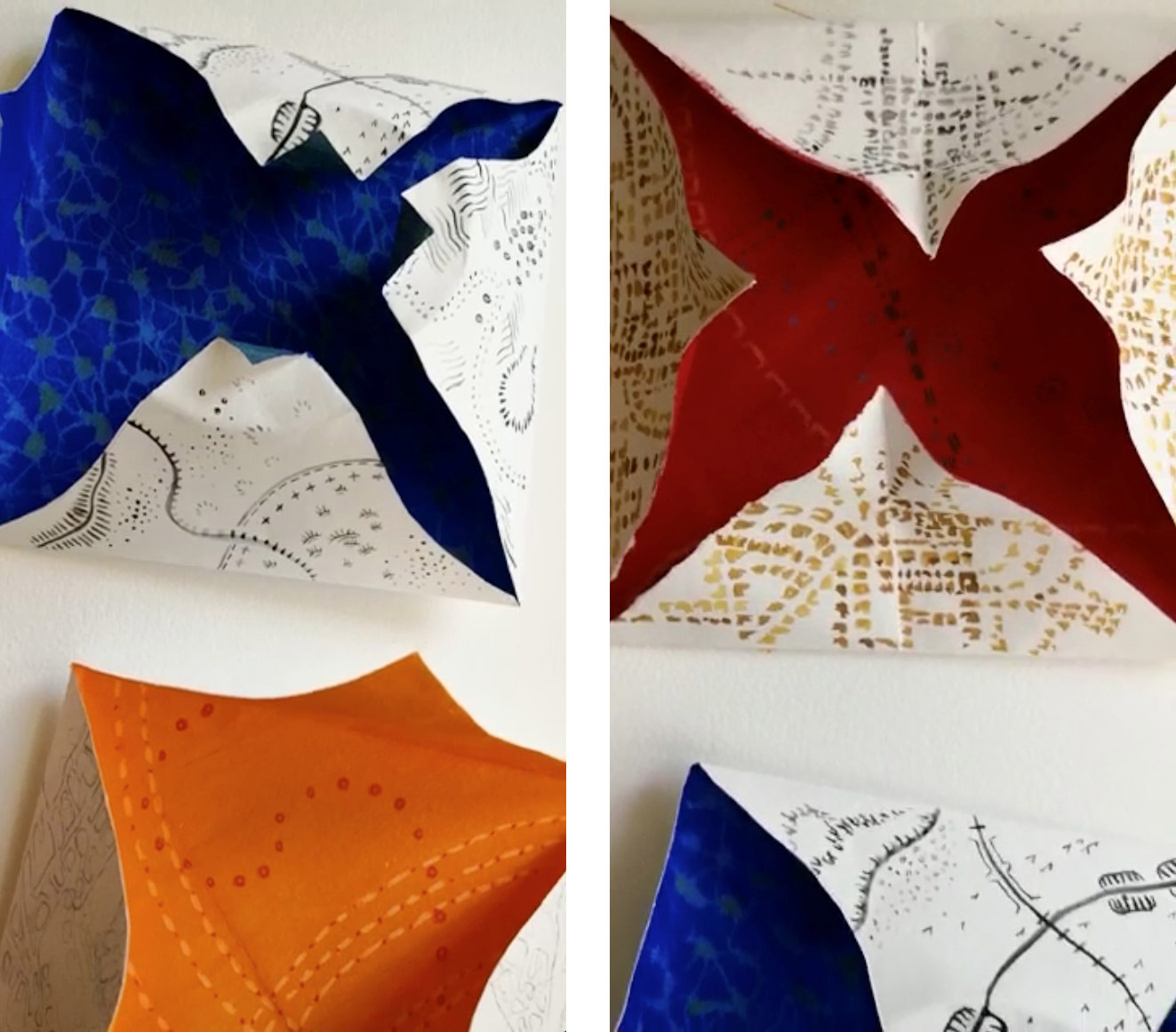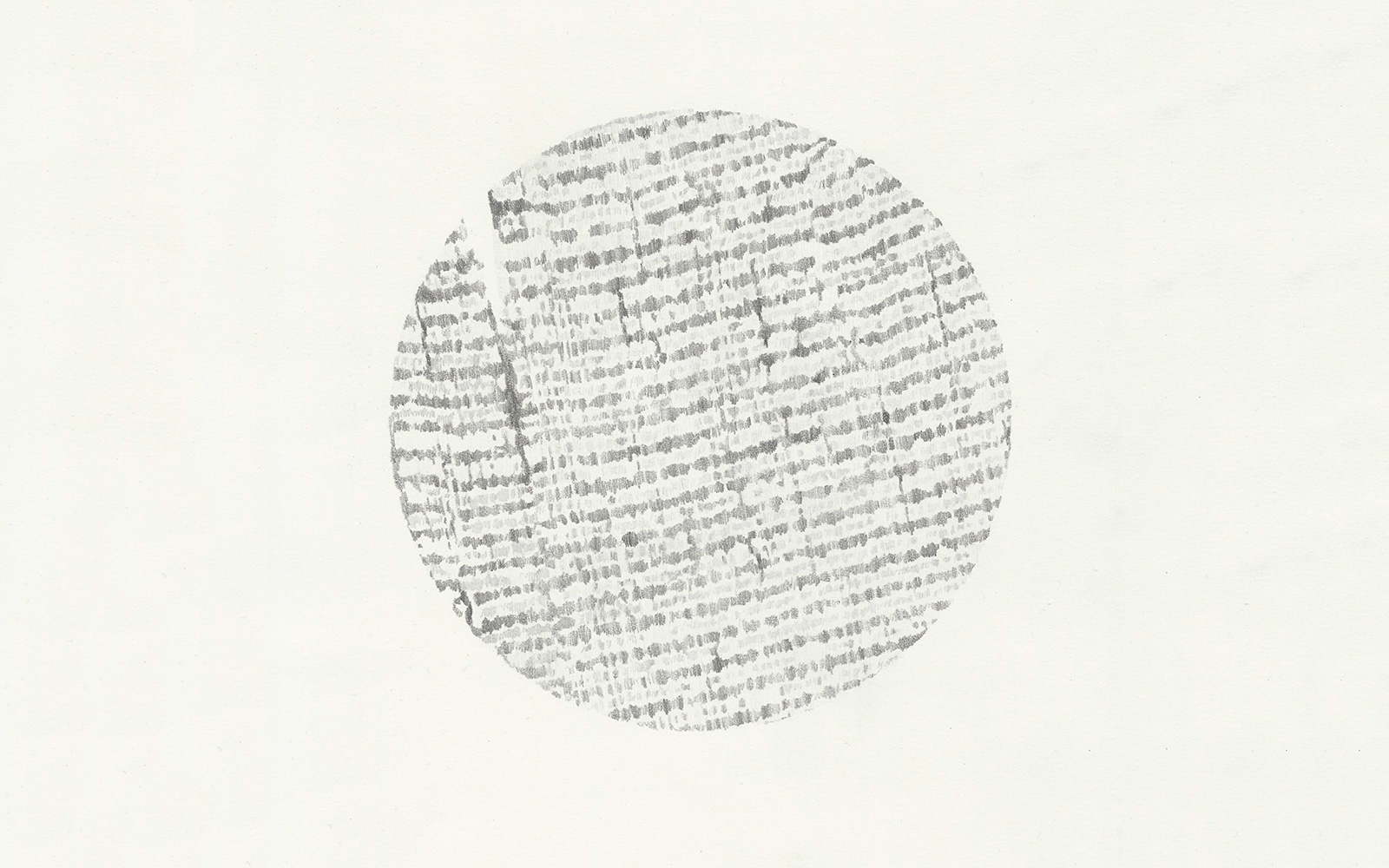Feedback and Report on Kaipo Che Residency
TESTIMONIAL: KAIPO CHE! RESIDENCY
The Kaipo Che! Residency was one of the best residencies I have been involved in. It surpassed expectations in many, many ways: in the level of interaction with India-based artists; the residency spaces and location; opportunities to experience the wider culture of Baroda and other nearby Indian towns/villages. Most importantly, there was an incredibly hospitable and welcoming atmosphere throughout, and it was a pleasure to spend time with everyone involved.
REPORT:
 Residency space and resources
Thoughout the residency, Artcore put in place all the resources needed to create work. All art materials were supplied and any technical assistance needed was given. They were proactive and responsive to artists’ changing needs. The studio spaces were large, full of light and very comfortable. They were peaceful spaces for quiet reflection in a busy schedule.
Residency space and resources
Thoughout the residency, Artcore put in place all the resources needed to create work. All art materials were supplied and any technical assistance needed was given. They were proactive and responsive to artists’ changing needs. The studio spaces were large, full of light and very comfortable. They were peaceful spaces for quiet reflection in a busy schedule.
 My Practice
I was surprised by the work I made, it was definitely a new direction for me in that it was quite a personal and autobiographical response. The paper sculptures were directly informed by being in Baroda and my experience of India both past and present. I feel that there is potential to take some of the ideas forward back in the UK. I would also welcome a chance to continue dialogue with artists in India and will explore possible opportunities for them to visit UK.
Residency Exhibition
The exhibition at the end of the
My Practice
I was surprised by the work I made, it was definitely a new direction for me in that it was quite a personal and autobiographical response. The paper sculptures were directly informed by being in Baroda and my experience of India both past and present. I feel that there is potential to take some of the ideas forward back in the UK. I would also welcome a chance to continue dialogue with artists in India and will explore possible opportunities for them to visit UK.
Residency Exhibition
The exhibition at the end of the
Categories:
Daksha Patel


